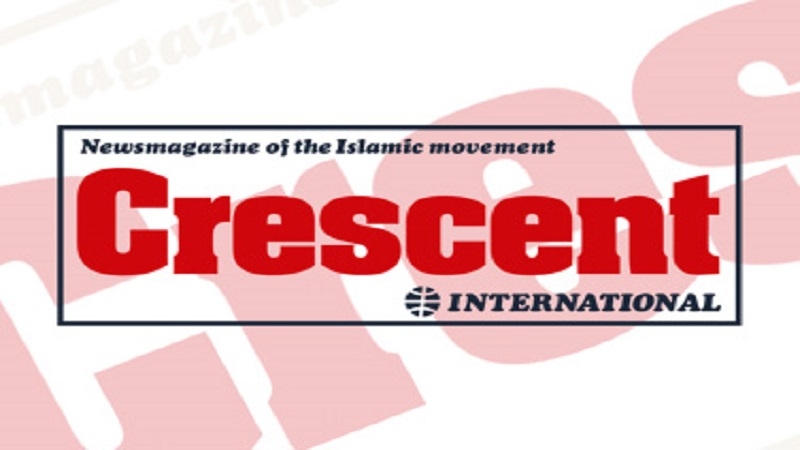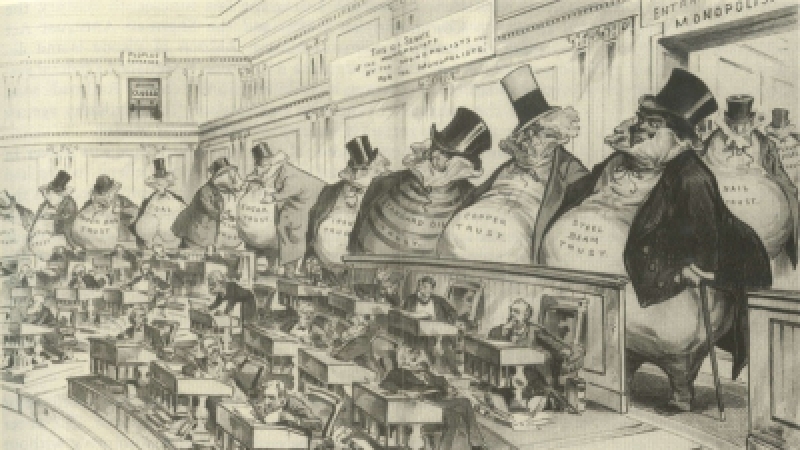Readable and stimulating survey of western theories and images in International Relations
Empowering Weak & OppressedIqbal Siddiqui
Shawwal 06, 1421 2001-01-01
Book Review
by Iqbal Siddiqui (Book Review, Crescent International Vol. 29, No. 21, Shawwal, 1421)
Contending Images of World Politics edited by Greg Fry and Jacinta O’Hagan. Pub: Macmillan Press, Basingstoke, UK, and St Martin’s Press, New York, USA, 2000. Pp: 314. Pbk: UK£19.95.
International Relations is often dismissed by historians and social scientists as being a largely artificial discipline, studying man-made political realities as though they were natural processes. It is certainly true that a great deal of work on international relations consists of abstract theorising with little relation to reality, and that many academic books in the field are exceptionally dull and uninspiring. Every now and again, however, someone manages to find a new approach and to produce a work that genuinely makes the reader think. This book is one.
In their introduction, Fry and O’Hagan point out that most discussions of International Relations start with theory, while most popular understandings are build around images, such as ‘balance of power’ and ‘world community’, or metaphors, such as ‘The End of History’ and ‘The Clash of Civilizations’. They also point out that such images and metaphors quickly develop a life of their own in popular usage and discourse, which can be quite distinct from the theories behind them, and that it tends to be images and metaphors (and the popular perceptions of them) that influence political outcomes rather than academic theories.
The new approach Fry and O’Hagan attempt in this volume is to look at major images of world politics, and work back to the theories that underpin them, hoping in the process to make the theories both more accessible and relevant, and to highlight aspects of both the images and the theories which may not be notices through more traditional approaches. They begin by briefly and lucidly explaining their use of key terms.
A theory, they point out, consists of linked assumptions that claim to provide an understanding or explanation of a phenomenon. A model is a deductive system, abstracted from the world, based on a theory. An image, on the other hand, is an impressionistic word picture that seeks to represent a phenomenon, rather than explain it. An image, therefore, represents a theory, but isn’t one. It is also distinct from a model, although the terms are used interchangeably in some texts. A metaphor is a figure of speech in which a familiar thing is used to illustrate an unfamiliar one; again, it is technically distinct from an image, but the two words are often used interchangeably.
The two most dramatic images of world politics thrown up by the end of the Cold War have undoubtedly been Francis Fukuyama’s ‘The End of History’ and Samuel Huntington’s ‘Clash of Civilizations’. Fry and O’Hagan point out that these are not simply images representing opposing understandings of contemporary world order — liberal triumphalism and inevitable conflict respectively — but represent different assumptions and theories of the nature of world politics. Fukuyama’s thesis is based on a power perspective in which political order and inter-state politics are regarded as fundamental, while Huntington’s thesis — although often assumed to be based on a power perspective — in fact reflects an perspective based on cultural identity, which sees greater fragmentation in the contemporary world, despite (or because of) the reality of Western political hegemony.
These two ideas of the nature of the post-cold war world are examined in depth in two of the book’s four major sections, and the images produced by Fukuyama and Huntington are only two of the images discussed. In the first section of the book, ‘Power, Order and Inter-state Politics’, Fukuyama’s thesis is discussed by James Richardson. Other images discussed are that of ‘Back to the Future’ (that the end of the Cold War changes nothing in terms of international power), the ‘balance of power’, and ‘international society’.
Huntington’s thesis leads the discussion on ‘Fragmentation and Cultural Identity’, the third part of the book. This section also has discussions of regionalism, by Gavin Mount, and ‘Islam and the West’ by Amin Saikal (on which more below). The other major sections of the book are ‘Globalization and the Transfor-mation of Community’ and ‘Knowledge, Power and Inclusion’.
The fact of globalization is now taken for granted in popular discourse; here, contributors point out that its meaning and validity is in fact disputed in academic circles, and that it is not necessarily a natural process, as it is commonly portrayed, but rather a power imperative linked to Western hegemony. As in so many areas, the papers in this section serve to highlight the gap between what Western academics understand, and what the politicians and media choose to highlight to the public, usually without contradiction by the academics.
Compared to the other sections, the section ‘Knowledge, Power and Inclusion’ is thin, consisting of discussions on four perspectives through which the world can be viewed, rather than fundamental theories for understanding it. These are environmentalism, feminism, neo-imperialism and post-modernism. While the authors of these papers all raise valid points about the way the world is seen (or should be seen), compared to the broad images of the nature of international politics discussed in earlier sections, they seem partial and even superficial, which is unfortunate.
The quality of contributions published in a volume such as this is inevitably uneven. However, in this case, most are of high standard, being for the most part both readable and stimulating. By looking as many familiar topics — particularly globalization and liberal triumphalism — from new perspectives, the papers are both stimulating for those familiar with academic work in international relations, and informative for those less so.
Muslim readers will inevitably look to Amin Saikal’s paper on Islam. This unfortunately is definitely the weakest in the book; whether this is his failure, or reflects a lack of understanding and ambition on the part of the editors, is unclear. The Islamic movement understanding of world politics and contemporary history is quite distinct from any western theory or image, even though it obviously has elements in common with them. While it is true that there is not a major body of literature on Islamic perspectives on International Relations, the Islamic movement’s broad image of the world can easily be gleaned from English literature such as the writings of the late Kalim Siddiqui, and current affairs newsmagazines such as Crescent International. This book would have been an excellent opportunity to present an Islamic image to a wider audience; instead Saikal summarises aspects of the relations between Islam and the West which are commonplace. These include the Islamophobia of the West, and the fact that Muslims regard it as hostile and aggressive; fair points, but barely an adequate representative of an Islamic perspective in a book such as this.



